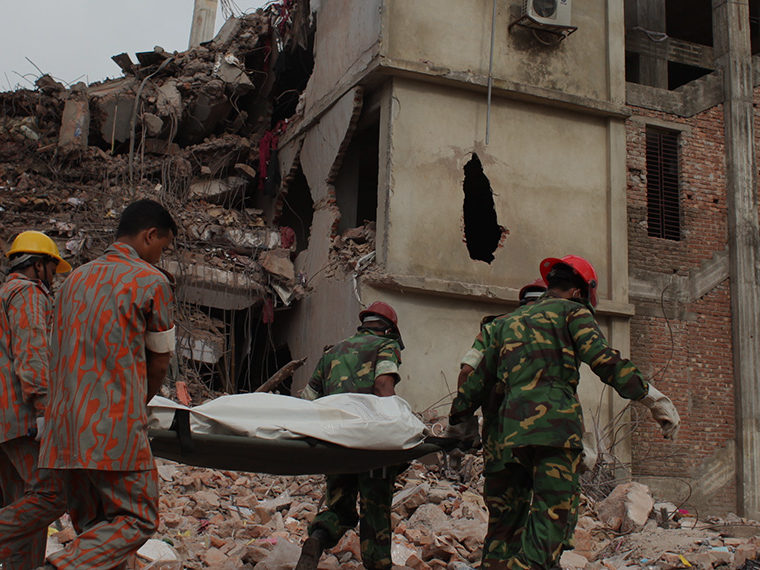A method that establishes a range of needs — and then tightens the range — works better
Even before supply chain issues became a global problem during the pandemic, manufacturing teams responsible for ordering parts were already battling another growing challenge: mass customization.
It’s become normal practice for consumers to shop online for everything from cars, to PCs and other electronic items and to have the ability to pick and choose the features and options they want. You say you want that new car with a sunroof and heated seats but not the navigation system? Gotcha. Want to load up the new PC with more RAM for seamless gaming? Sure, just tell us how much.
Opt In to the Review Monthly Email Update.
What seems so simple and satisfying for consumers can be a parts planning nightmare for manufacturers. Offering many options for customization makes it tricky for the manufacturer to nail down exactly the number of parts they will need when contracting with parts suppliers.
For instance, choosing the sports package on a new car offers the choice between two types of suspensions. One suspension system may require as few as 28 bolts, while the other system may need as many as 40 bolts. This means that the choice of the sports package option leads to a range of 28 to 40 bolts that need to be ordered. Getting the breakdown for the demand between the two suspension systems wrong can lead to over- or underestimating the range of bolts needed. Providing wide or inaccurate ranges of parts needs to suppliers leads to higher ordering costs.
In a paper published by the Institute for Operations Research and the Management Sciences, Johns Hopkins’ Ali Fattahi, USC’s Sriram Dasu, and UCLA Anderson’s Reza Ahmadi develop a new methodology to aid in the ordering of parts for industries that have highly configurable products. Their approach improves the forecasts for the ranges of parts’ requirements. With parts making up the majority of a manufacturer’s costs, getting range forecasts tighter makes a big impact on the bottom line.
A Better Forecast Method for Ranges
As the number of options for customization increases, the number of possible configurations increases enormously. For example, the full range of choices in the sport package may offer the two suspension choices, plus three different types of wheels and five colors for the leather seats. This yields 30 different possible combinations. If the car buyer then also chooses other options, the number of possible combinations quickly grows. Some possible combinations won’t work — like choosing paddle shifters with an automatic transmission. Even after removing combinations that can’t be engineered together to build a car, there may be too many possible combinations for the parts ordering team to create a forecast for each viable combination of options.
The researchers developed a model that can determine the ranges for parts needs when there are no forecasts for each combination of options. Their model just needs:
- the forecasts for demand of the options as a percent of the overall car demand.
- a set of rules indicating which combinations are viable on an engineering level.
- a set of codes indicating the number of parts needed given a combination of options.
Given the number of cars forecast to be sold over a time period with a particular option chosen and all the combinations of options and the number of parts each combination maps to, the researchers’ method can optimize for both the minimum and maximum number of parts needed. Using a concrete example, if they know 100 cars are expected to have the sports package and they know the number of parts that each of the 30 possible combinations associated with that option maps to, then they can solve for the combinations to make the 100 cars using the least number of the parts. That number of parts is the minimum of their range. Similarly, they can find the maximum of the range.
The researchers tighten the ranges further by collecting additional information. An example of this is using a combination’s joint percentage demand.
Putting the Method into Action
The researchers field tested their method with an auto manufacturer’s offering to their online car buyers with 433 options and 171 rules. Up to 60% of the auto manufacturer’s parts requirements are based on the combinations of options selected, making it extremely difficult to forecast the number of parts needed.
Three particular parts and an offering by the manufacturer with only 78 options were chosen to compare the forecasts of the researchers to the manufacturer’s forecast. The researchers’ ranges performed an average of 35.9% better than the manufacturers’ forecasted ranges.
That suggests this new methodology has the potential to help manufacturers across various industries offering customization to better forecast their needs and lower their costs.
Featured Faculty
-
Reza Ahmadi
Professor of Decisions, Operations, and Technology Management; George Robbins Chair in Management
About the Research
Fattahi, A., Dasu, S., & Ahmadi, R. (2017). Mass customization and parts’ capacity planning problem. https://doi.org/10.1287/mnsc.2021.4172






